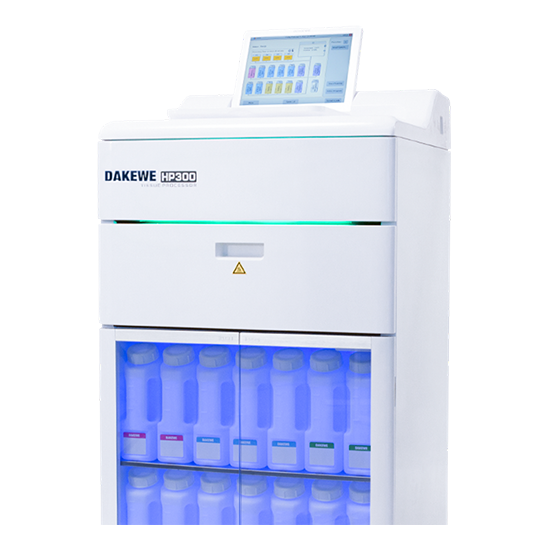Tissue Processor – 4 Things to Consider Before Buying
Once a tissue biopsy is taken it is placed in a formalin container to start the fixation process. The tissue biopsy is then grossed and placed in a tissue cassette to further the fixation process on a piece of laboratory equipment called a tissue processor. It is vital to achieving a good section of the biopsy that the tissue is properly “fixed”. If a tissue is under-processed or over-processed, the ability to get a good section of the tissue is difficult. Fixation of tissue can be achieved in a few ways; however, most laboratories choose to fix the tissue biopsies using a tissue processor.
4 things to think about when buying a tissue processor
 The number of tissue cassettes the tissue processor can accommodate
The number of tissue cassettes the tissue processor can accommodate
Since the volume of tissue biopsies in a lab can vary day to day, it is important that your tissue processor be able to accommodate different amounts of tissue cassettes. Most tissue processors can process 150 to 300 tissue cassettes. Having the flexibility to process up to 300 tissue cassettes is an important feature in a tissue process procedure.
Tissue processor reagent management system
Tissue biopsies are fixed in a tissue processor by using a series of chemicals pumped in and out of retort (the chamber where the tissue cassettes are placed). Having a reagent management system can save you money by monitoring the number of processes run in the tissue processor so that you know when to change your reagents. If old reagents are used, the quality of the fixation can suffer as well as causing harm to the tissue processor itself.
Notifications of tissue processing status and machine errors
Since the fixation of the tissue biopsy is such an important part of the histology process, it is important to be alerted to when a process has been completed, interrupted or if there is an issue with the tissue processor itself. Finding a tissue processor that can display error codes and sound an alarm when issues arise is the best case scenario. In fact there are even units, if connected to the internet, that can notify technicians of alerts via their cell phones. This is a great feature to have since tissue processing is usually conducted overnight due to the length of time it takes.
Having a battery backup for a tissue biopsy
As previously stated, the fixation step in tissue biopsy processing is critical to preserving the tissue biopsy and getting good tissue sectioning. The tissue process unit is an electrical piece of laboratory equipment. If power is lost due to natural causes, i.e. storms or other weather, or human error, i.e. cord being pulled out by maintenance or loss of power to the building due to a mechanical reason, the tissue processor will stop at whatever stage in the chemical fixation process that it is currently in. That stage may be harmful to the tissue that is in the unit and can cause irreversible damage to the tissue biopsy directly affecting patient outcomes. These issues can be avoided by having a tissue processor plugged into a generator backed-up outlet or a battery backup system.
If you are using a battery backup system you need to make sure that the system that you have selected is appropriate for the tissue processor that you are using. You want to make sure that there is enough power to get your tissue to a completed fixation cycle. The power requirements will vary from tissue processor to tissue processor, so make sure that the back-up system you have is compatible with your tissue processor and that your tissue processor has the capability to seamlessly switch to the battery back-up system in case of power loss.
Tissue Processors and Proper Fixation
Since tissue processors are one of the most important pieces of laboratory equipment involved in the histological process of tissue biopsies, care should be taken to make sure that the unit you select has some if not all of the above mentioned features. Proper fixation of the tissue biopsies that your laboratory is processing will make sectioning of the tissue easier and will ensure better patient outcomes.
About MES
Since 2002, Medical Equipment Source has been providing laboratory equipment services to private practices and independent laboratories across the country and the world, empowering them to run more efficiently while providing better patient outcomes.
From laboratory setups to lap equipment maintenance to consulting contracts, Medical Equipment Source provides a comprehensive range of solutions to physicians and practice managers looking to grow their business by offering their own in-house lab services. Medical Equipment Source provides help with lab and exam room furnishings, consumables, repair services, lab equipment and layout, and more.
Today, Medical Equipment Source is an authority in the physician-owned lab market, with clients in 49 states and 30 countries. Those clients range from physicians who have launched their own labs to lab technicians who have built their own spaces as well as hospitals, universities and reference laboratories